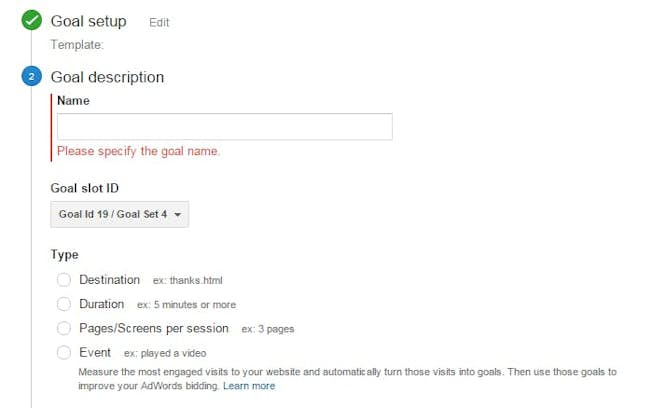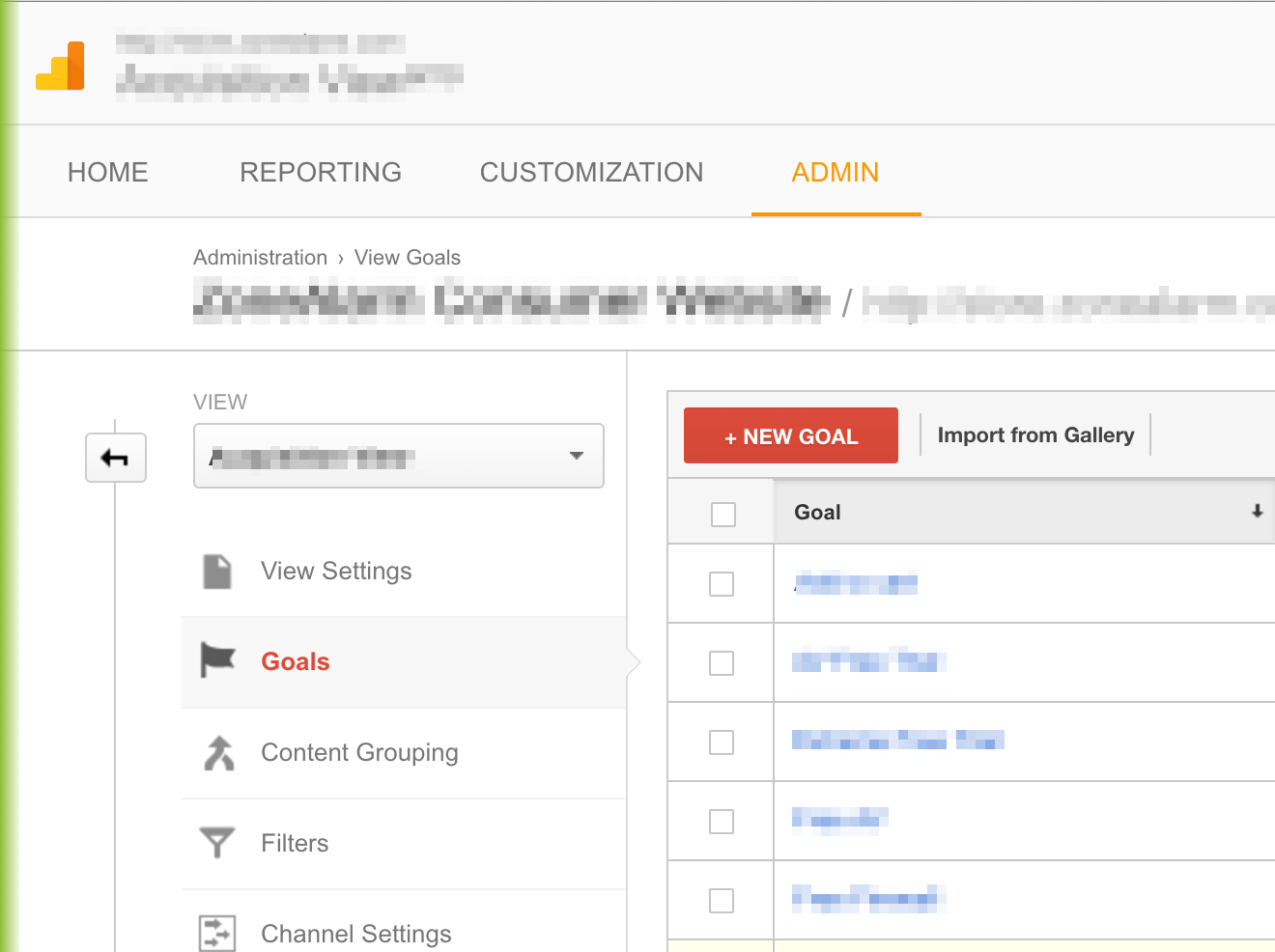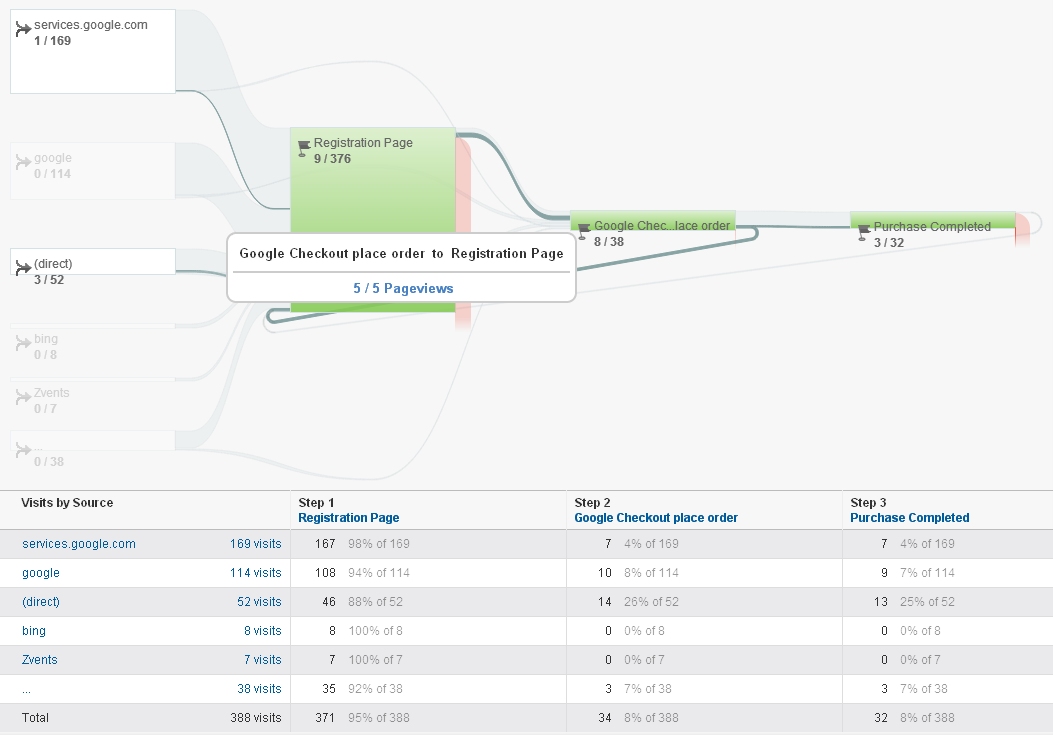Revealing the Blind Spots: Recognizing What Google Analytics Goals Can not Determine
In the realm of digital analytics, Google Analytics stands as a powerful tool for monitoring and evaluating on-line user interactions. Comprehending what Google Analytics objectives can not determine is vital for acquiring a thorough view of individual actions and interaction.
User Actions on External Operatings Systems
Understanding exactly how individuals engage on outside systems is important for optimizing on the internet methods. External systems, such as social networks networks, referral web sites, and on the internet discussion forums, play a substantial role in driving website traffic to a business's web site. By examining individual actions on these systems, services can obtain important understandings right into the efficiency of their advertising initiatives and the choices of their target market.
One secret aspect of user behavior on exterior platforms is the reference source. By tracking where the individuals are coming from, businesses can identify which platforms are driving one of the most traffic to their web site. This details can assist business allocate their sources extra properly, focusing on the systems that yield the most effective outcomes.

Offline Conversions and Communications
Evaluating user actions on outside platforms provides valuable understandings into on the internet methods; nonetheless, considering offline conversions and interactions is equally critical for an extensive understanding of a business's total efficiency. While Google Analytics stands out at tracking on the internet communications, it drops brief in catching the total consumer journey that frequently includes offline touchpoints. Offline conversions, such as in-store acquisitions or phone inquiries, play a considerable function in several organizations' success. Disregarding these communications can result in an altered view of the effectiveness of marketing projects and general organization performance.

Acknowledgment Beyond Last Click
When diving right into the world of electronic advertising analytics, it becomes essential to look past the solitary touchpoint of the last click for an extra thorough understanding of acknowledgment. While Google Analytics gives valuable insights into individual actions, relying solely on last-click attribution can be restricting - what data is google analytics goals unable to track. Acknowledgment models that go past the last click provide an extra nuanced sight of the client journey, thinking about all the touchpoints that bring about a that site conversion
Acknowledgment beyond the last click permits marketing experts to designate credit rating to various communications along the conversion course, giving a clearer image of the effectiveness of various advertising networks. By discovering multi-touch attribution models such as direct, time decay, or position-based acknowledgment, companies can better allocate their advertising budget plans and optimize their methods for maximum influence.
Recognizing the impact of each touchpoint in the conversion procedure is crucial for making notified decisions and making the most of ROI. By welcoming attribution beyond the last click, services can get deeper understandings into consumer actions and customize their advertising and marketing efforts better.
Cross-Device and Cross-Browser Monitoring

Similarly, cross-browser monitoring enhances cross-device tracking by catching user habits as they change in between various web internet browsers. Recognizing how customers interact with websites on numerous internet browsers can assist marketing professionals maximize their on the internet experiences to ensure uniformity and capability throughout various systems.
Qualitative Information and Individual Intent
Understanding user intent with qualitative information analysis is critical for establishing targeted digital marketing techniques that reverberate with the demands and choices of the target market. Qualitative information offers understandings right into the 'why' behind customer activities, shedding light on inspirations, emotions, and choices that measurable information alone can not capture. By analyzing customer feedback, remarks, and interactions, online marketers can discover useful information you can try here concerning individual intent, permitting them to tailor their messaging, web content, and offerings to better line up with what their audience is looking for.
Qualitative information likewise aids in recognizing the context in which users engage with an internet site or app. This contextual understanding enables marketers to produce even more personalized and appropriate experiences, eventually driving greater involvement and conversion rates. By delving into customer intent via qualitative data evaluation, services can gain a much deeper understanding of their target audience, leading to a lot more efficient advertising methods that satisfy customers' requirements and assumptions.
Final Thought
Finally, Google Analytics objectives have restrictions in measuring user habits on external systems, offline conversions, attribution past last click, cross-device and cross-browser monitoring, and qualitative information associated with user intent. what data is google analytics goals unable to track. It is essential for businesses to be mindful of these blind places in order to supplement their data analysis with various other devices and methods to obtain an extra extensive understanding of their target market and enhance their overall electronic marketing approaches
By evaluating customer behavior on these platforms, services can obtain important insights into the performance of their advertising initiatives and the preferences of their target audience.
Evaluating individual behavior on external systems supplies important understandings right into online methods; however, considering offline conversions and communications is similarly necessary for a thorough understanding of a firm's total efficiency.In digital advertising analytics, moving past last-click acknowledgment to explore cross-device and cross-browser monitoring is essential for gaining a holistic understanding of user interactions throughout numerous platforms and tools. By assessing individual responses, comments, and communications, marketing experts can uncover valuable information regarding customer intent, enabling them to customize their messaging, web content, and offerings to better straighten with what their audience is looking for.
By diving into user intent via qualitative data analysis, businesses can obtain a deeper understanding of their target audience, leading to a lot more reliable advertising techniques that meet customers' requirements and assumptions.